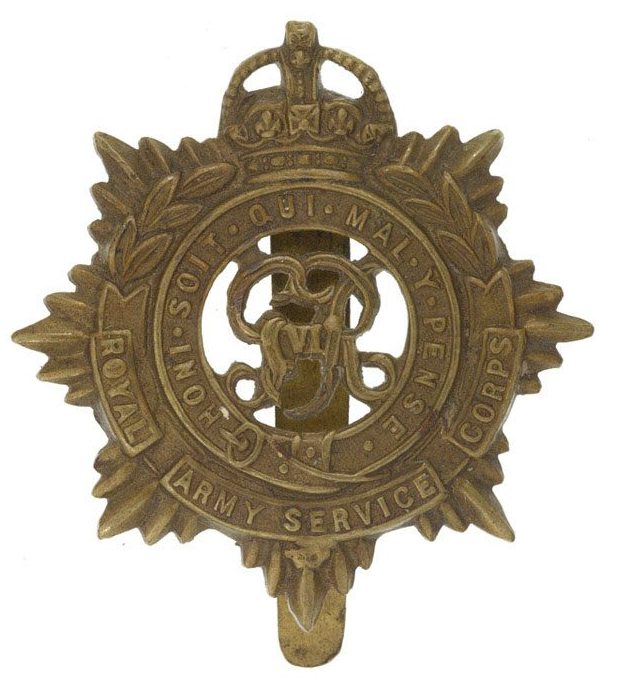Personal Details
Born: 26 March 1885 in Bath, Somerset and baptised 10 May 1885 at Bathwick St Mary Church, Bath, Somerset.
Family: He was the eldest of six children born to Charles Robert Burge, a licenced victualler, and his wife Maria Chambers (nee Holvey). Edwin married Bessie Margaret Lamb 2 May 1905 at Bath Registry Office. The couple had three children, Arthur Edwin born 1907, Charles Raymond born 1915 and Iris Mary born 1916; all were born in Shropshire. Sadly Charles Raymond died in 1916, aged 1.
Residence: The address given at the time of his baptism in 1885 was Ebenezer Terrace, Widcombe, Bath, Somerset. By 1901 the family were living at the Beaufort Arms, Princes Street, Bath. Ten years later and now married, Edwin had moved to 6 High Street, Whitchurch, Shropshire. This was the residence given for him on the Absent Voters list for Spring 1919. The family had moved again by 1939 to 38 Watergate, Whitchurch.
Employment: At the age of 16 in 1901 his occupation on the Census was that of a school teacher but by 1911 he had become a hairdresser and tobacconist. This was also the job recorded for him on the 1939 Register.
Died: Quarter 1 1967 in Newark, Nottinghamshire, aged 81.
Military Details
Regiment: Army Service Corps.
Rank: Private
Service Number: M/318445
Date of Enlistment: 9 May 1915
Date of Discharge: 18 November 1919
Reason for Discharge: Demobilisation
Edwin was awarded the Campaign Medals (British War Medal, and Victory Medal).

The British War Medal (also known as 'Squeak') was a silver or bronze medal awarded to officers and men of the British and Imperial Forces who either entered a theatre of war or entered service overseas between 5th August 1914 and 11th November 1918 inclusive. This was later extended to services in Russia, Siberia and some other areas in 1919 and 1920. Approximately 6.5 million British War Medals were issued. Approximately 6.4 million of these were the silver versions of this medal. Around 110,000 of a bronze version were issued mainly to Chinese, Maltese and Indian Labour Corps. The front (obv or obverse) of the medal depicts the head of George V. The recipient's service number, rank, name and unit was impressed on the rim.
The Allied Victory Medal (also known as 'Wilfred') was issued by each of the allies. It was decided that each of the allies should each issue their own bronze victory medal with a similar design, similar equivalent wording and identical ribbon. The British medal was designed by W. McMillan. The front depicts a winged classical figure representing victory. Approximately 5.7 million victory medals were issued. Interestingly, eligibility for this medal was more restrictive and not everyone who received the British War Medal ('Squeak') also received the Victory Medal ('Wilfred'). However, in general, all recipients of 'Wilfred' also received 'Squeak' and all recipients of The 1914 Star or The 1914/1915 Star (also known as 'Pip') also received both 'Squeak' and 'Wilfred'. The recipient's service number, rank, name and unit was impressed on the rim.

